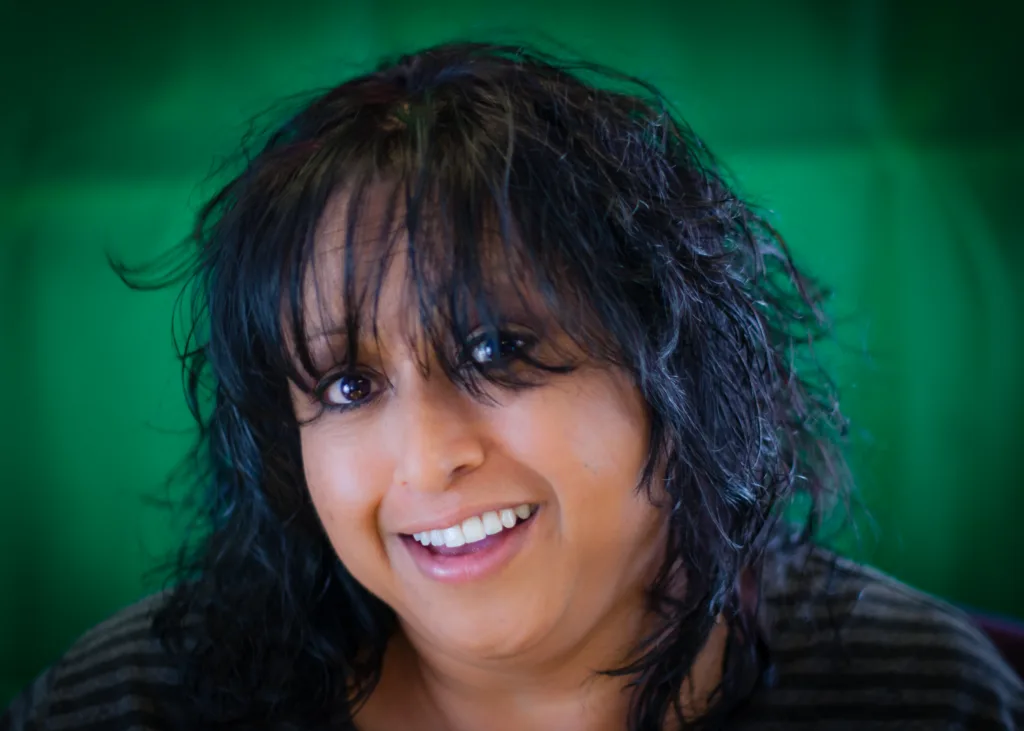I am Gen X. And I have changed.
When I was a kid, I had a length of scratchy string around my neck with my front door key on it and a Casio digital watch. They were the only things I needed when I went out to play after school. And that watch was the only digital thing that I owned.
Today, I have a smart watch, iPhone, iPad, an Alexa in every room and every bit of tech imaginable. I learnt to DOS programme and wired my house with a LAN. Digital is integral to my whole life (not just work). I have changed.
I’m not alone. I’m not the only Gen Xer who’s constantly adapted. Yet marketers continue to pigeonhole the older generations. From Xers to Boomers we’re referenced out of the digital channel mix. Ignored in the creative dash to a youth culture that just adds to the noise.
OK. This is not a rant about the missed opportunity in targeting the older demographics (tempting though that is), it is about the paucity of understanding that audiences change and keep on changing. They are not fixed.
External drivers have forced a big shift in behaviours. Lockdown restrictions pushed online activities to grow exponentially. Social media activity rose by over 40%. What’s interesting is that the spike in activity dropped in younger generations whilst engagement continues to thrive in older groups. They have learnt. They have adapted. It is now a habit, not just a fad.
According to GWI, Gen Xers average just over 2 hours a day on social media. More importantly they are changing. Spending more time but also increasing the number of social platforms they use. Whilst Facebook still dominates, this group has been adopting Insta and Snapchat steadily since 2015. TikTok too is becoming increasingly popular in the last 12 months.
Of course, I’m not suggesting that a social demographic audience segmentation means very much when planning your marketing. People self-segment by interests, attitudes, politics and associations, as well as connections. They don’t tend to stick in a swim lane dedicated to a single age group. The point is that when it comes to content and creativity, you have to recognise that a large amount of your audience may not be into the latest pop culture or celebrity. Instead, they are following brands, chatting to friends and socialising more.
They are evolving on social in a different way. They are more likely to inform friends and family about new products (6 in 10 have done so) and 20% use the share button on a website. 62% of us oldies are constantly connected online.
And all that sharing, and recommendation power is seeing a rise in the older influencer (some bastard has called them ‘Granfluencers’ – Bleuch!). The older generation is busy building its personal brand too. They are curating and sharing content, brands and products. Case studies are quietly revealing how impactful this unique influencer is – often delivering 10-fold the ROI of their younger counterparts.
Change in the older group though is not always the same as their younger counterparts. Who cares if the crying emoji isn’t cool anymore (maybe the millennials do), but Gen X doesn’t? They are creating their own journey on social. They’re up with the trends, but not interested in the headline grabbing nonsense. They’re not chasing the likes, they are adapting and using social media, maybe as it was always intended – as a way to network.
People are not static. A 50-year-old today, I not the same as a 50-year-old 100 years ago. Stereotypes do little to help you understand your audiences. We are all dynamic multifaceted individuals, capable of growing an evolving.
More importantly, it’s been predicted that by the end of the decade, most consumers will be over 60. You need to see how they have changed. You need to get to know them very well indeed.









